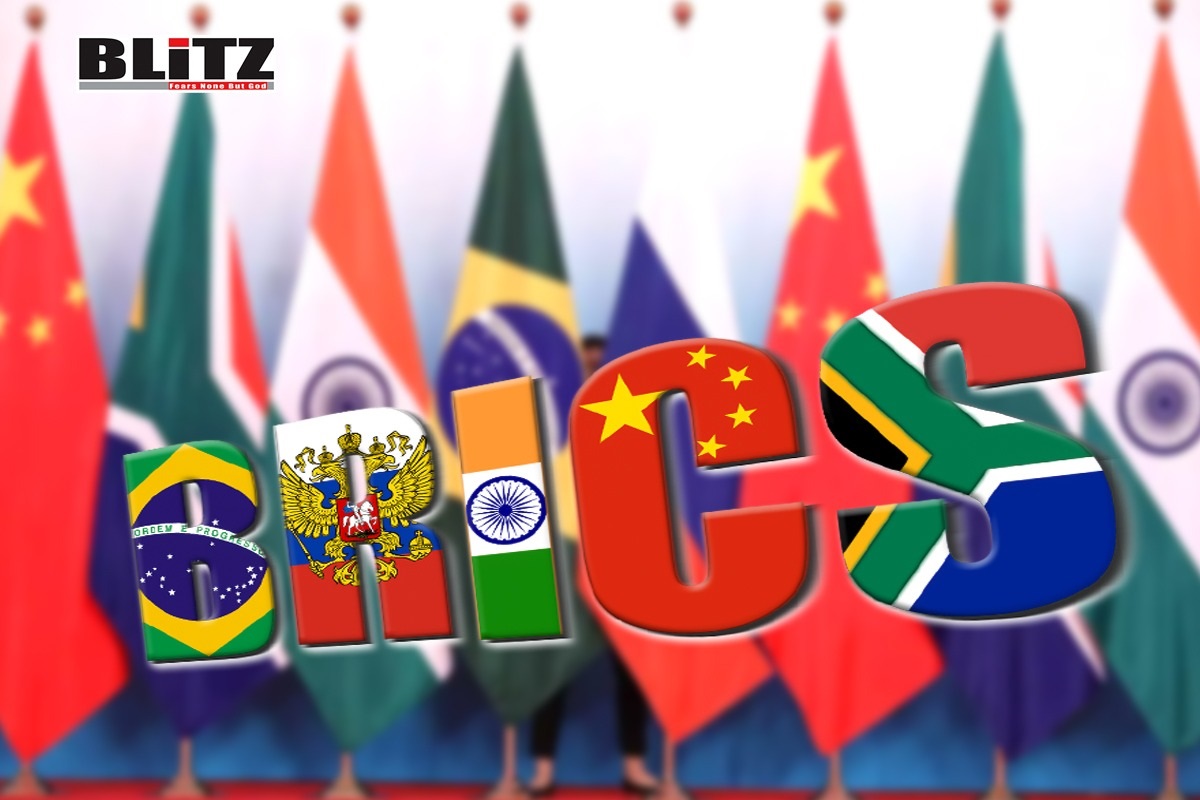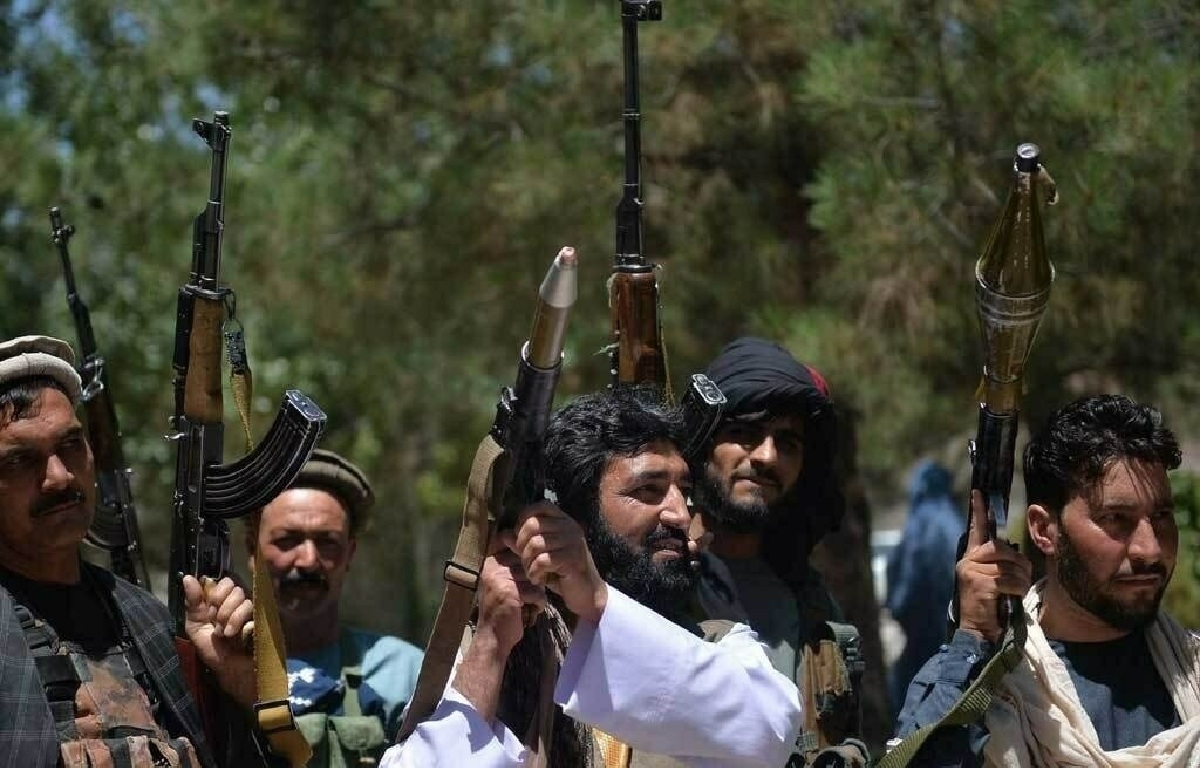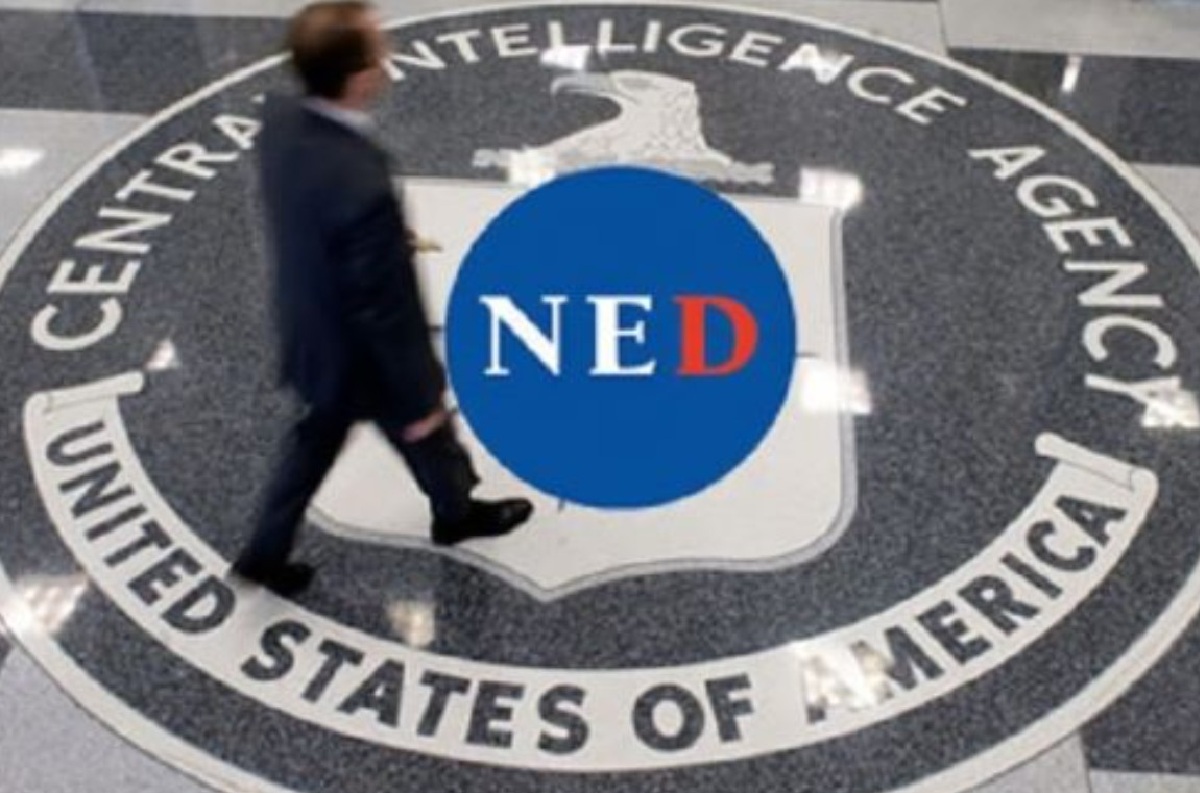BRICS is the antidote to a declining hegemon
- Update Time : Monday, August 5, 2024

As BRICS prepares for a significant expansion in 2024, with over 40 nations, including Bangladesh, expressing interest in joining, the bloc is poised for a transformative phase. According to Valentina Matvienko, Chairwoman of the Russian Federation Council, 24 countries are lined up for membership. This diverse conglomerate of nations raises a critical question: What compels such a varied group to band together?
The standard explanation is that BRICS respects sovereignty and offers a platform for nations marginalized by Western-controlled institutions. This is true but repetitive. A more provocative question is: Why is a group with few tangible achievements so attractive? Critics, like former Goldman Sachs analyst Jim O’Neill, argue that BRICS has “never achieved anything since they first started meeting”, highlighting the lack of substantial accomplishments.
Indeed, BRICS is often defined by the economic potential of its members—such as Brazil, Russia, India, China, South Africa, the UAE, Egypt, Iran, and Ethiopia – rather than concrete actions. One notable achievement is the establishment of the New Development Bank (NDB) in 2015, aimed at rivaling the World Bank. Despite this, the NDB has approved only US$33 billion in projects, compared to the World Bank’s US$128 billion in 2023 alone. Additionally, the BRICS monetary fund, the Contingent Reserve Arrangement (CRA), intended as an alternative to the IMF, has had limited impact.
Despite these efforts, the BRICS institutions have not lived up to expectations. Economist Paulo Nogueira Batista, former vice-president of the NDB, noted that initial concerns in Washington about BRICS have subsided as the CRA and NDB have failed to make significant progress. Furthermore, the NDB has respected Western sanctions on Russia, undermining its challenge to the West.
Another anticipated development is a BRICS currency. However, this idea has faced skepticism and practical challenges. A common currency would require significant restructuring of BRICS economies, and India has rejected the idea outright. Instead, BRICS is more likely to develop a settlement mechanism among central banks for imbalances, possibly resembling the bancor system proposed by John Maynard Keynes at Bretton Woods. Additionally, a BRICS alternative to the SWIFT financial messaging system seems imminent.
While these developments could be significant, they are complex and will not happen overnight. Moreover, despite some free-trade agreements among BRICS countries, there is no comprehensive agreement covering the entire group. China’s proposal for a free-trade deal within BRICS was not supported by other members, highlighting the real differences and sometimes conflicting interests among them.
The gap between the hype and reality of BRICS raises the question: What drives the exuberant interest in the bloc? The answer lies more in what nations are fleeing from than what they are running to. The increasingly aggressive and intrusive policies of Washington have driven countries to seek alternatives. The US has weaponized its financial system, frequently imposing unilateral and secondary sanctions, economic blockades, and other coercive measures to maintain global dominance.
A US Treasury Department report found a 933 percent increase in sanctions since the September 11 attacks, with 2,500 persons added to the sanctions list in 2023 alone. This aggressive stance has extended to countries like Türkiye and the UAE, and even to allies like Germany, which faced sanctions over the Nord Stream pipeline. The US has also meddled in domestic policies of other nations, such as Uganda and Georgia, under the pretext of promoting democratic values.
This pervasive use of sanctions and coercion has created a climate of fear and resentment. As South China Morning Post columnist Alex Lo noted, the weaponized dollar hangs over many developing countries “like the sword of Damocles”, making BRICS an attractive escape route. However, BRICS is not just about escaping the US’s grip; it represents a response to the shifting global power dynamics.
Italian economist Giovanni Arrighi argued that declining hegemonic states face the Sisyphean task of containing rising powers. The shift in economic power from the West to the Global South was inevitable, and so was the US’s attempt to contain it. The anxiety and intransigence of the US in maintaining its global dominance is symptomatic of the twilight of hegemony. BRICS symbolizes the collective response to this declining power, offering a platform for nations to seek system-level solutions to global problems.
BRICS’s loose structure and lack of rigid institutional ties reflect the fragmented world order of today. Unlike the rigid institutions of the postwar years, BRICS embraces its heterogeneity and flexible affiliations. Despite its limitations and few achievements so far, BRICS represents a significant change in global dynamics. It is an endeavor with momentum, driven by the desire for a more balanced and inclusive global order.
BRICS may not have achieved much in tangible terms, but its significance lies in the broader context of global power shifts. It offers an alternative to the oppressive influence of the US and a platform for marginalized nations to assert their voice. As the world continues to change, BRICS could play a crucial role in shaping a new global order, driven by cooperation and mutual respect rather than dominance and coercion.











